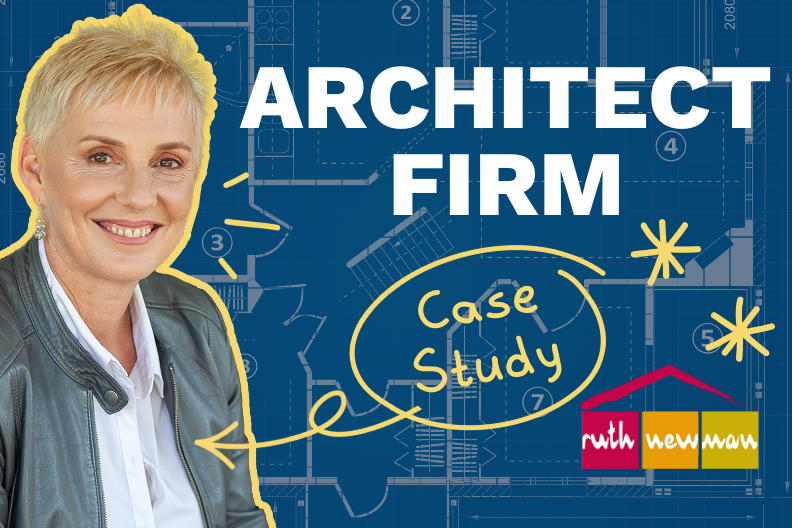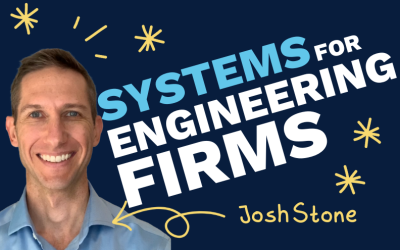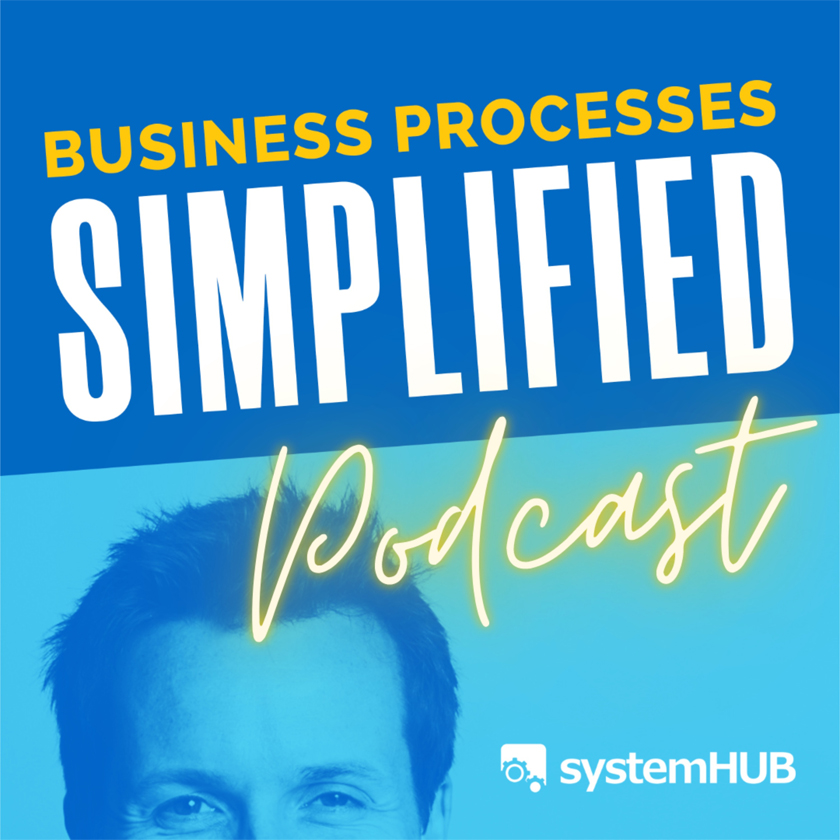When Ruth Newman founded her architecture practice 15 years ago, she brought extensive experience from a national firm where she had implemented quality assurance programs across multiple offices. Today, Ruth Newman Architect operates with a team of five in Sydney, handling diverse projects from residential homes and schools to national retail chains and government fit-outs.
The Implementation Gap: When Systems Meet Resistance
Despite understanding the value of systems from the start, Ruth encountered significant resistance when trying to implement them in her own firm. Initially, she created standard paper manuals that eventually evolved into digital workflows on Google Sites, but adoption remained a challenge.
“Trying to get the team to actually use them is really the key because it’s kind of like, ‘I’ve done it before so now I know how to do it,’ and it’s the ‘You might be doing it but it doesn’t mean you’re doing it the right way,'” Ruth explains about the ongoing struggle.
The challenge continued with new team members who had worked elsewhere or run their own businesses. As Ruth explains, “Particularly as you get new people who’ve used, who’ve done it all before somewhere else or had their own business and then come and work for you. And [they say], ‘Well, I never did it that way. Why do I have to do it that way?’” These questions come up frequently.”
From Frustration to Clarity: The SYSTEMology Solution
Ruth’s path to effective systems implementation changed when she discovered SYSTEMology through her connection with Business Blueprint. After reading the book and exploring systemHUB, she found an approach that resonated with her architectural practice.
“I think the actual setup of systemHUB works for me and the way architecture kind of works and the fact that everybody thinks differently,” Ruth shares. “One person is going to follow the printed instructions, somebody else is going to read the video, then understand the printed instructions. There’s so many different ways that you can look at the same system to be able to get your way.”
This flexibility addressed a key challenge in her firm, where team members had different learning styles and needed various formats to effectively follow systems.
Layer by Layer: Constructing a Systems Foundation
Ruth’s implementation of systemHUB transformed her firm’s approach to systems:
- Creating separate sections for different roles, ensuring finance staff, administrators, and contract administrators only see relevant systems
- Integrating systemHUB with Asana for day-to-day task management
- Linking relevant systems directly to task templates for national retail clients
- Hiring an external Systems Champion to work directly with the team
- Focusing on creating systems for one major client first before expanding to other areas
- Developing systems that account for project variations with conditional processes


Building Better Outcomes: The Systems Effect
Improved Team Accountability
The implementation of systemHUB created a transparent accountability structure that transformed how the team worked. “The team can go in there and say ‘Yes, I’ve read it and yes, I agree with it.’ That one is just like magic for me to be able to go, ‘Well, you read it, you’ve agreed to it. Why are we doing it a different way?'” Ruth notes.
Enhanced Client Service Delivery
By systematizing processes for their national retail clients, the firm created templates with linked systems for each project step.
Increased Operational Efficiency
The systems implementation freed up time for the creative aspects of architecture. “That gives you the time to do the stuff that can’t be systemized,” Ruth says. “Particularly in our office… in an architectural office there is stuff that can’t necessarily be systemized.”
Architectural Insights: Building Systems That Last
Ruth’s experience offers valuable lessons for other architecture firm owners:
- Think repetition: “Will I ever have to do this again? Well, then let’s make a system.” This simple mindset shift identifies key systematization opportunities
- Overcome the “always different” mindset: “We have a system where it is different every time. But we’ve managed to put a system in there to do it one particular way. And then at the end, if this happens, then you do this instead”
- Focus on business-critical systems: Don’t just document the obvious processes like “how to turn the alarm on” but tackle the systems that impact profitability
- Engage external help: Having someone besides the principal introduce systems reduces resistance
- Create flexible formats: Accommodate different learning styles with various documentation methods
Ruth’s architecture firm continues to refine its systems approach, using systemHUB as the foundation for operational excellence while maintaining the creative flexibility essential to architectural practice.
“The whole thing together for us has been a bit of a game-changer and it’s been great to start using it all,” Ruth concludes.
Design Your Architecture Firm’s Systems Blueprint
Inspired by Ruth Newman’s architecture firm transformation? You don’t need to reinvent the wheel. Our collection of proven systems templates, checklists, and guides can help you implement effective processes in your architecture practice right away.
Access our free systems resources and start building a more efficient, profitable architecture firm today – no commitment required.









